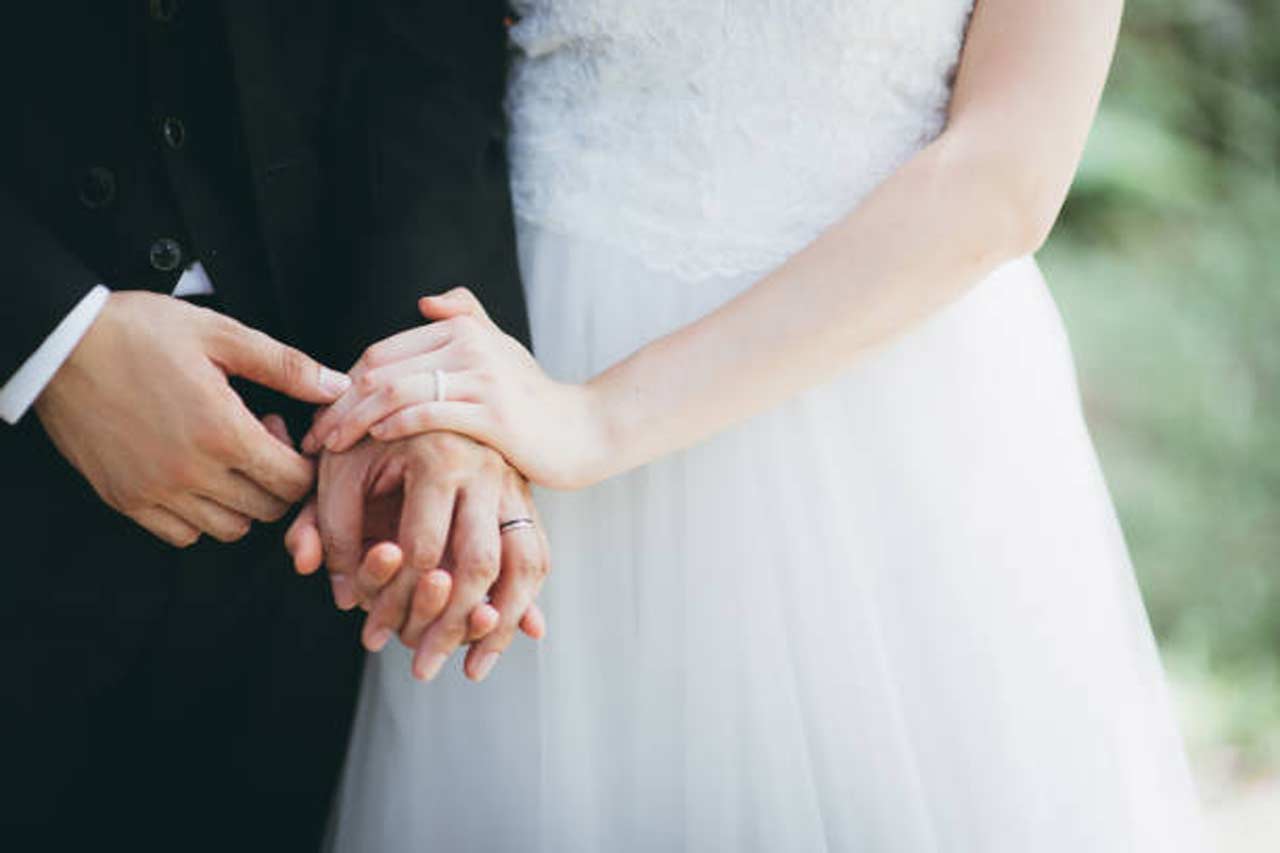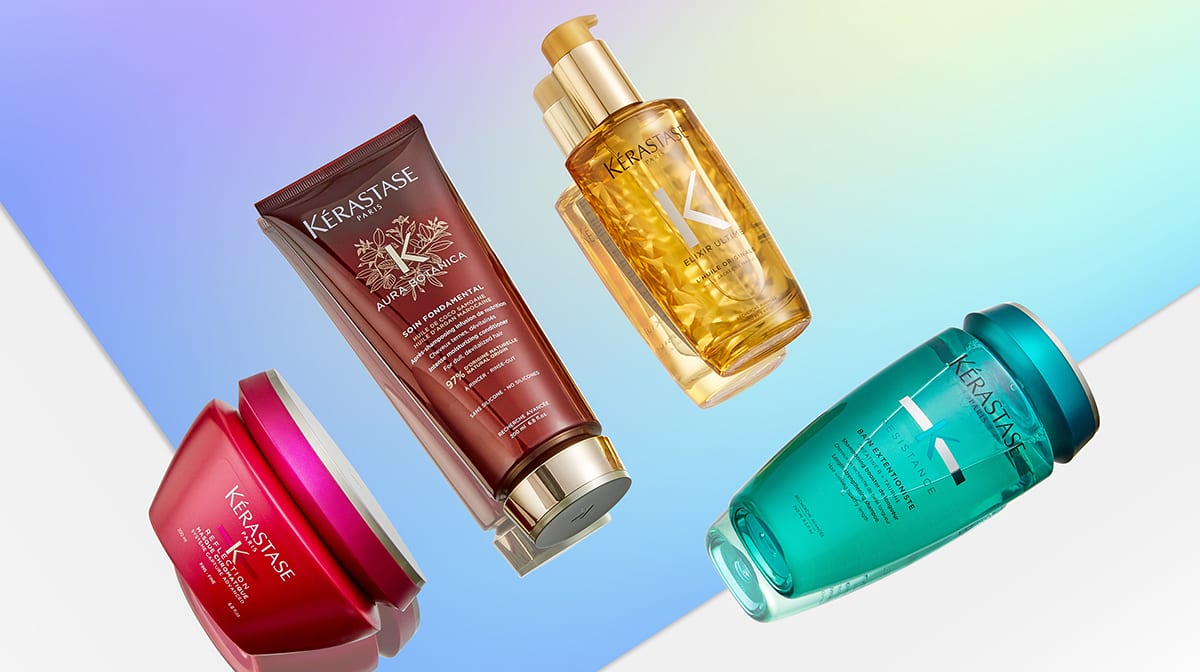
How Bridal Color Trends Influence Emotions—and Why It Matters for Designers and Shopkeepers
In the realm of bridal attire, the hue of a gown carries significant weight — often overshadowing the actual design. It’s no longer merely about customs or visual appeal. For companies in the bridal industry, color serves as a potent emotional catalyst that shapes choices, encourages interactions, and transforms curiosity into commitment. In the current content-driven online environment, grasping the principles of color psychology enables brands to captivate, connect with, and convert brides more effectively than ever.
Understanding the Emotional Impact of Bridal Colors
Colors have a profound connection to our feelings, and this relationship intensifies during weddings, which are among the most emotionally charged moments in life.
– In South Asian bridal fashion, red reigns supreme, symbolizing love, strength, and cultural heritage.
– Conversely, in Western traditions, white represents purity and simplicity, making it a classic choice for brides.
– Soft pastel shades such as blush pink, lavender, and mint convey elegance and youthfulness, appealing to contemporary romantic brides.
– Shades of gold and champagne bring to mind luxury, celebration, and tradition, making them favorites for formal evening events.
By tapping into these emotional associations, bridal brands can tailor their collections and marketing strategies to resonate with the desires of their clients.
For instance, Paari Bridal offers a diverse range of wedding dresses that celebrate color while honoring cultural significance and the evolving tastes of brides.
The Success of Color-Focused Content
Future brides are not merely searching for dresses; they are seeking inspiration. Queries such as “best wedding dress colors of the year” or “contemporary red bridal gown ideas” reflect deep emotional connections and are highly visual, targeted, and aimed at conversions.
This explains why blogs that highlight trends in bridal dress colors consistently perform well in search engine rankings. They provide both visual inspiration and aid in the decision-making process.
Check out how Paari Bridal effectively illustrates this in their comprehensive blog about bridal dress color trends.
Additionally, color-centric content:
- Excels on platforms like Pinterest, Instagram, and Google Images
- Promotes extended on-page engagement thanks to its visual nature
- Is more likely to be shared on social media and within group chats (particularly among bridesmaids and family members)
For content creators and wedding industry professionals, color is more than just a subject — it’s a valuable asset for SEO and engagement.
Utilizing Color in Content Strategy for Bridal Brands
Bridal companies can effectively tap into color psychology by employing well-thought-out content strategies. Here’s how to do it:
- Develop blogs focused on seasonal color trends
Example: “Trending Winter Wedding Colors for 2025: The Latest in Bridal Style”
- Incorporate color into product narratives
Facilitate an emotional bond between brides and dresses by highlighting the feelings each hue inspires.
- Engage in visual storytelling on platforms like Instagram and Pinterest
Create mood boards and reels centered around particular color schemes to enhance visibility and sharing potential.
- Design email marketing campaigns based on color themes
Eye-catching subject lines such as “Blush is the New White” or “Glamorous Golden Gowns” resonate emotionally and visually.
- Transform color-themed articles into video or carousel formats
This approach not only enhances SEO but also increases user interaction and ensures your brand remains prominent across various channels.
A Real Brand Example: Paari Bridal
Paari Bridal is a prime example of a brand that recognizes the emotional significance of color trends. Catering to the modern South Asian bride, they offer a thoughtfully selected collection of wedding gowns that blend tradition, opulence, and current color schemes, creating a connection that resonates culturally while also appealing in the digital realm.
Rather than merely displaying their dresses, their content provides emotional guidance for brides, assisting them in discovering shades that embody their identity and cultural background. Their piece on bridal dress color trends exemplifies how intentional, color-focused content can enhance decision-making and foster brand loyalty.
Conclusion
In the intimate and visually-driven realm of bridal fashion, color serves not just as an aesthetic choice but as a tactical element. When applied thoughtfully, it can transform mere browsing into emotionally charged interactions, ultimately leading to decisive purchases.
For bridal brands aiming to enhance their online presence, integrating color psychology into your content strategy is a necessity, not a luxury.

